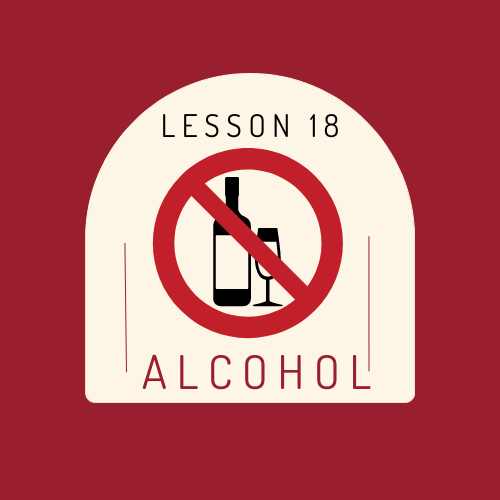Alcohol and driving in Ontario are of great importance to the province of Canada. It directly affects the safety of drivers on the road. Alcohol consumption and the subsequent impact on driving are of great concern. This has led to strict laws and regulations in order to reduce risks related to impaired driving. This article examines the legal context, consequences, prevention measures and attitudes of society surrounding drinking and driving in Ontario.
Legal Framework
Ontario’s legal limit of 0.08% for blood alcohol content (BAC) is the same as in many other provinces. The limit is the amount of alcohol that is in someone’s bloodstream. It serves as an indicator for impaired driving. Ontario also has a zero-tolerance policy for drivers who are under the age of 21 and novice drivers with G1, G2, or M1 licenses. They must be BAC-free while driving a car.
In Ontario, impaired driving crimes include not just alcohol but other substances as well. To identify impaired drivers, law enforcement uses a variety of tools, including breathalyzers or field sobriety testing. These tests can have severe consequences if you refuse to take them or exceed the limits.
The Consequences Of Impaired Driving
In Ontario, impaired driving has severe and multiple consequences. People convicted of impaired-driving offenses are subject to significant fines and license suspensions. They may also be required to participate in treatment or education programs. In some cases, they could even face imprisonment. Repeat offenders face more severe penalties, underscoring Ontario’s zero-tolerance policy on impaired driving.
A driver who is impaired can also have fatal consequences. It is impossible to measure the emotional impact on victims and their families. Ontario, recognizing the severity of this issue, has taken measures to discourage people from driving while intoxicated, while highlighting both the legal and social consequences.
Prevention measures regarding alcohol consumption:
The public awareness campaign plays a vital role in the prevention of alcohol-related accidents on the roads. Ontario’s educational programs are designed to educate the public on the dangers associated with impaired driving and encourage responsible alcohol consumption. The “Arrive Alive, Drive Sober” initiative encourages individuals to use alternative transport when drinking alcohol. It fosters a culture that is accountable.
Moreover, public transport, ride-sharing and designated driver programs provide a viable alternative for people who are impaired by alcohol. The commitment of the province to invest in transportation infrastructure supports further efforts to reduce impaired drivers.
Societal Attitudes:
In Ontario, attitudes towards alcohol-impaired driving are changing. This reflects a wider shift in society toward responsible behaviour. Communities are actively condemning impaired driving, and the stigma attached to it has increased. The willingness to act when someone they know is driving under the influence is indicative of this shift.
Initiatives driven by the community, like local groups that advocate against drunk driving, are crucial to changing attitudes. These initiatives encourage a shared sense of responsibility and contribute to creating a safe environment for drivers on Ontario roads.

Conclusion:
In Ontario, alcohol and driving are multifaceted and complex issues that have far-reaching consequences. To address impaired driving, the legal framework, consequences, preventive measures and societal attitudes are all combined. The province has taken significant steps to curb this behavior. However, education, community involvement, and enforcement are still essential in order to guarantee the safety of everyone on the road. Ontario promotes a culture of responsible drinking and safe driving by combining legislative and cultural changes.
